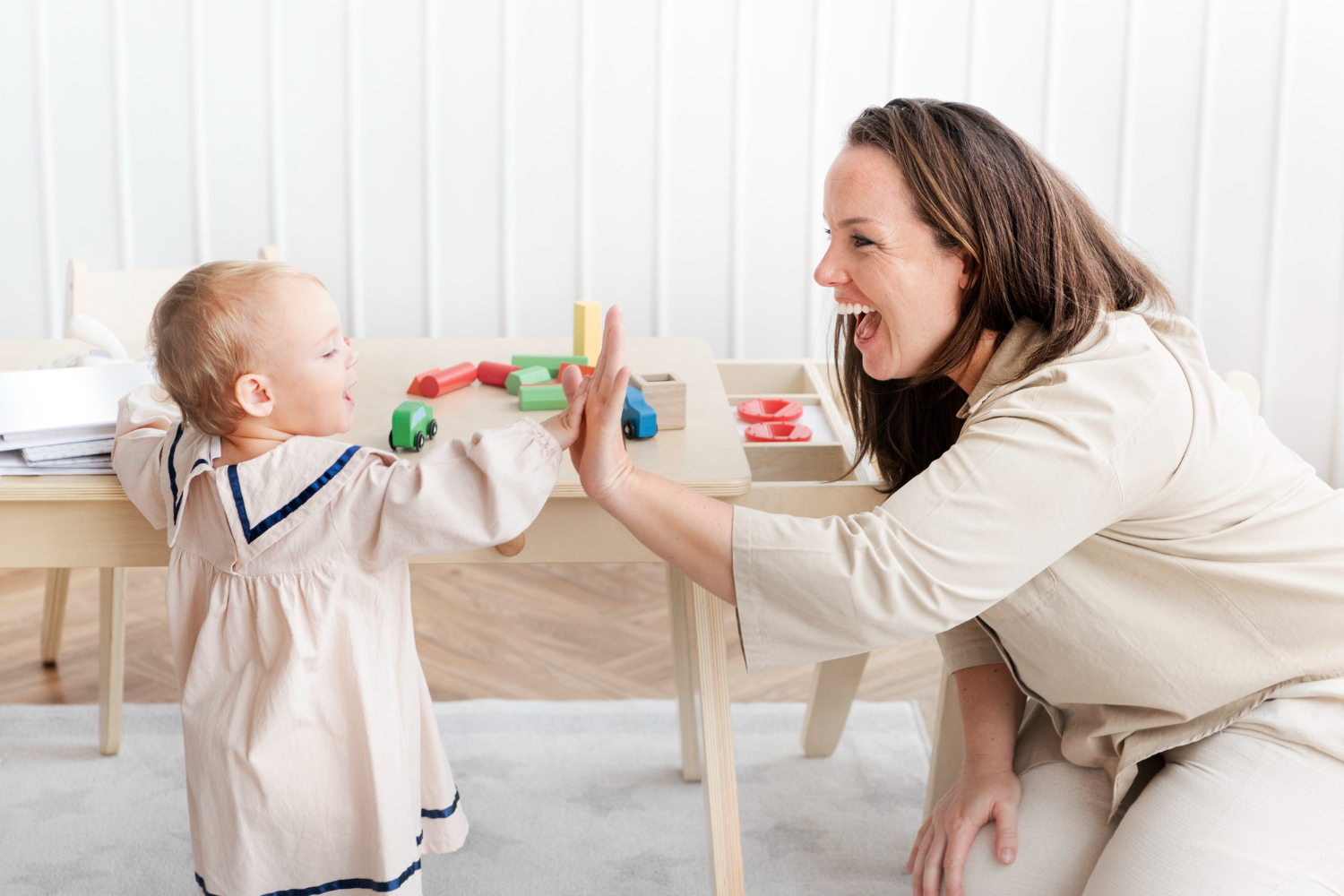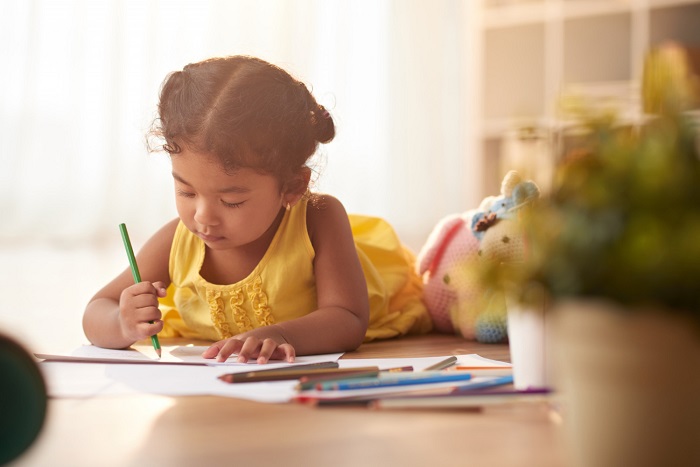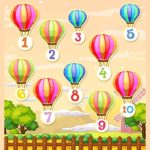If you have a child, you would have probably gone through this scenario – You are at a departmental store with your little one when they throw a temper tantrum in the middle of the store. Perhaps they’re upset because you didn’t buy their favourite chocolate, or perhaps they’re simply overwhelmed by the amount of activity around them. In any case, you’ve been suddenly tasked with disciplining your child in public without resorting to hitting or yelling. An incident like this, especially all of a sudden can be extremely stressful and overwhelming for a parent.
This is a part of the learning curve 🙂 That is why we will look at some effective ways to discipline a toddler that does not involve punishment for kids or negative reinforcement in this blog post. We’ll go over a variety of parenting techniques that can help you guide your children, from positive reinforcement to natural and logical consequences. You will realise that it is indeed possible to discipline a toddler without hitting or yelling at them 🙂
Discipline a Toddler without Hitting or Yelling
How to discipline a toddler without hitting or yelling?
When your toddler misbehaves, it’s natural to feel frustrated or overwhelmed. EVery single parent goes through this. Have you ever noticed that It is very easy to resort to scolding, or saying “no” all the time in order to discipline your child? However, this can create a negative cycle that makes everyone feel bad and may even teach your child that yelling is normal behaviour. Fortunately, there are more effective alternatives to hitting and yelling when disciplining a toddler. Let’s start with some practical parenting techniques on how to discipline a toddler positively and effectively.
Establish clear and consistent boundaries: Setting clear rules and expectations is important for helping your child understand what behaviours are and are not acceptable. It is fair to say that communicating these boundaries in an age-appropriate and understandable manner to the child is a parent’s responsibility. For younger toddlers, this can begin with simple instructions such as “no hitting” or “no throwing.” You can gradually introduce more complex rules and consequences for breaking them as your child grows. Only if you lay a strong foundation at this age, will the children grow up to learn self-discipline and make wise decisions. So, let’s look at some positive and supportive ways to communicate boundaries and create a structure for your child. As they say, when it comes to disciplining a child, it is best to be as clear and consistent as possible.
Praise your toddler’s good behaviour: It’s easy to get caught up in policing your child’s behaviour, looking for things they shouldn’t be doing or could do better. That is understandable. Out of the natural habit of policing, we often forget to focus on the child’s good behaviour. Focusing on positive and good behaviour is an effective way to create a positive and encouraging environment. While it may appear that good behaviour is rare or difficult to come by, taking the time to recognise even the smallest accomplishments can have a significant impact. This will encourage your child to continue behaving well. Positive reinforcement will make your child crave your attention and make them more likely to continue displaying good behaviour.
Use logical consequences: You can help your child understand why their actions were wrong by assigning consequences that are directly related to the misbehaviour. Picture this scenario for an example – Often children do not put away their toys after their playtime is over. It should be informed to them that the logical consequence could be that they would lose the chance or privilege of playing with those toys for a set period of time.
One important thing to be kept in mind is that all the consequences should be age appropriate and proportional to the kind of offence.
Overly harsh punishment for kids or those that are not directly related to the misbehaviour can be perplexing and, in the long run, may lead to resentment and defiance. It’s also important to deliver consequences calmly and without anger, and to take the time to explain why they’re being given to your child.
Don’t give rewards: Your child does something good and you immediately reward them with a chocolate or a toy. Sounds familiar? Rewarding a child for good behaviour is indeed tempting, but it often backfires in the long run! External rewards can divert your child’s attention away from internal motivation and a sense of pride in their good behaviour, and the effectiveness of the reward can fade over time, necessitating constant upping of the ante.
Even a simple “Thank you for helping me put your toys away!” can feel rewarding and encourage your child to keep making good decisions. When this habit of doling out a reward is done away with, children automatically develop a strong sense of self-efficacy.
Do away with empty threats: “If you do not finish your homework in time, I shall lock up all the toys!” Does that sound familiar? We are sure it does! Empty threats can motivate your child to act, especially if he or she truly believes that all of their toys will be taken away. However, if you do this frequently enough, they will quickly catch on and conclude that these consequences are unlikely to occur. These consequences are also unrelated to the behaviour and do not need to be as severe. Even if they didn’t clean their toys, perhaps setting them aside for the day—rather than getting rid of them entirely—sends a more positive message.
Children should trust you and understand that you always mean what you say and will follow through, no matter what the matter!
Stay calm: The best way to stop a meltdown is to first focus on ourselves, rather than the child. We know that this sounds easy to say. Your calm demeanour will allow you to think clearly, show empathy and compassion, and model appropriate behaviour for your child. You can respect them even when they have a temper tantrum.
The first step is to identify your triggers and determine what typically sets you off. Is it when he misbehaves in public, whines for what they want, or wakes you up at night? As we get more aware of our own triggers, we will be able to pause and make wiser decisions. It’s important to ensure that good punishments for kids are delivered calmly and with empathy and that the child understands why they are being given.
It is possible to learn how to discipline a toddler without hitting or yelling.
If you ask, “Is it easy to discipline a toddler?” The answer is no. If you ask,” Is there a manual to discipline a child?” The answer is no. It is a tough task. Especially because each child is unique and responds to discipline differently. You can help your child develop into a responsible, self-motivated, and confident individual by focusing on good behaviour, and nurturing intrinsic motivation. Good punishments for kids are those that are age-appropriate and directly related to the misbehaviour.
It goes without saying that teaching children about discipline is only one aspect of parenting. It is important to balance it with affection, play, and spending quality time with the child. At Eurokids, we strongly believe in raising a child with lots of love, patience, and understanding as this will result in a wonderful bond that will last a lifetime. To know more about such parenting techniques, head to our blogs section!















